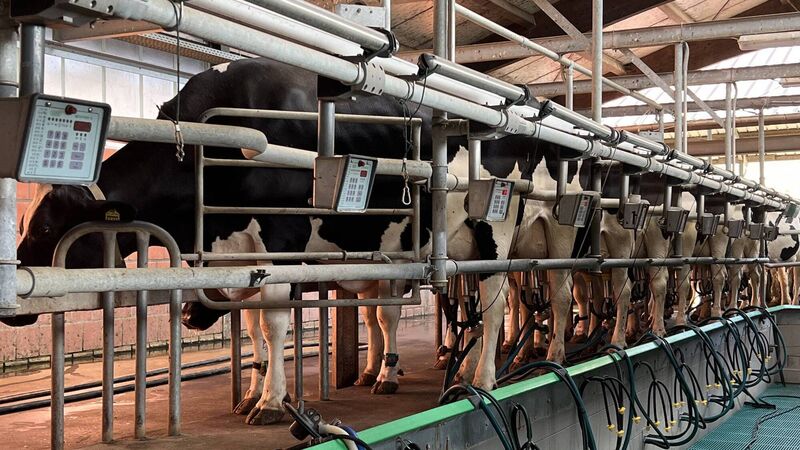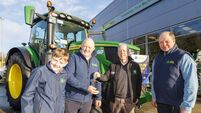Brian Reidy: Reducing the dry period to lower milk production costs

It’s always amazing how milk buyers can drop 3c and 4c in consecutive months, but are never able to increase milk prices by those figures.
2025 will go down as a very good year for milk and beef producers in Ireland. The weather in general played ball and prices remained buoyant, notwithstanding the recent milk price slump. It’s always amazing how milk buyers can drop 3c and 4c in consecutive months, but are never able to increase milk prices by those figures!
While there is still a lot of grass on many farms, it may now prove difficult to graze it out, with the volume of rain in the forecast as I write for the last days of October and the start of November.
Spring-calving dairy herds around the country are fast approaching their dry period, but there is still some milk and profit to be achieved before then.
Many of the same questions continue to be asked each year in November in these herds: How long do I need to have cows dry for? How long do first calvers need to be dry for? What dry cow minerals do I need? What parasite control measures do I need to take?
So many decisions to make, such as what dry cow tube and sealer. What is the withdrawal on the product of choice? This will also have a bearing on the length of the dry period.
Milk has been very valuable all year and, despite the recent drops in price, with fat and protein percentages high right now, the price being paid per litre is good. As a result, unnecessarily long dry periods will cost you a lot of money this winter.
Between 45 and 50 days is a sufficient dry period for a mature cow in good body condition, while first calvers will require 10 to 15 days more.
So, what condition are cows currently in? Do they need to build some condition, or are they in an acceptable condition? If cows are a little under-conditioned, then why not up the feeding between now and dry off so that cows are all being dried off in optimum condition?
Increasing body condition during the dry period lays down fat rather than muscle and results in early lactation cows mobilising that fat rapidly post calving, increasing the risk of ketosis along with poorer milk quality.
If cows are in good condition, then why do they need any more than eight weeks dry? As mentioned earlier, many will even have them dry for a shorter period.
Another hot topic is milking through. Does it make economic sense to dry off all cows for the winter when the typical farm calves over a 10-12-week period next spring? A March calver dried off in mid-December ends up dry for close to 12 weeks and maybe more.
At the current milk price, between six and seven litres will cover the additional feed cost, and another litre will cover any associated fixed costs of keeping a cow in milk. And yes, there will be many reasons why herds will want a period and that’s ok too.
Remember that cows dry for too long are also more likely to have issues around calving due to being over-conditioned.
Many milk producers are reporting that cows have milked well in 2025, compared to last year. This, to a large extent, can be put down to the good weather from the spring and right through the summer months.
We never had a prolonged period of exceptional growth, but most had sufficient grass without a significant surplus. Many herds fed cows a bit stronger this year as a result of the lessons learned last year and in other previous years.
The strong milk price also encouraged better nutrition management in herds. Herds were more willing to go in with extra forage and concentrates before grass ran out this year to maintain performance. With no record growths, there is no doubt that more appropriate pre-grazing covers were offered to cows.
It all shows that the best way to manage herd output is to optimise dry matter intake all through the lactation.











